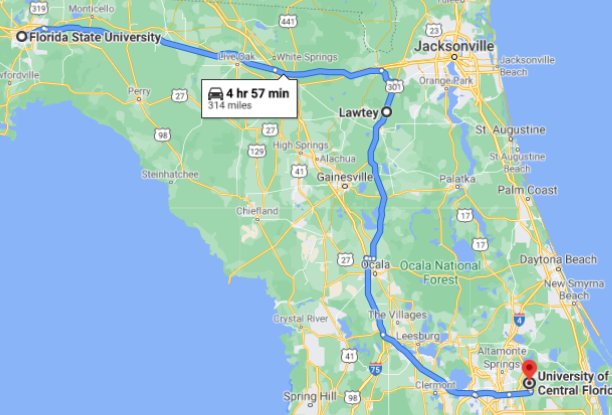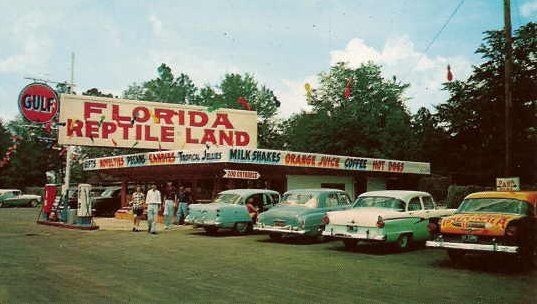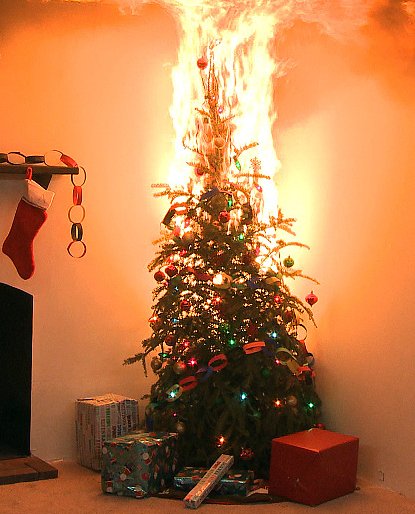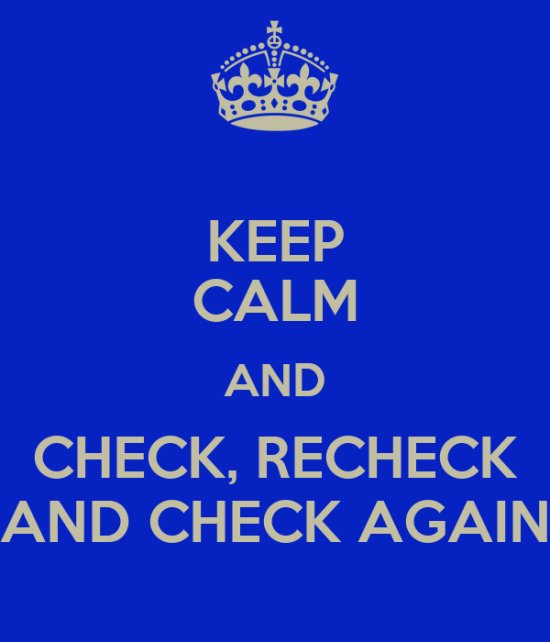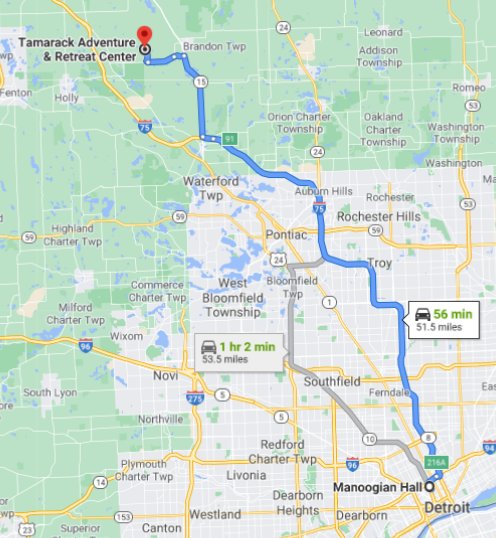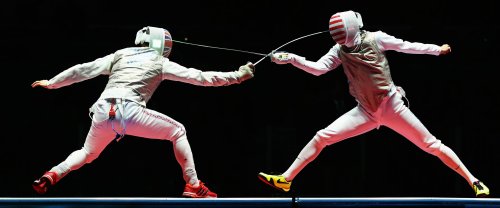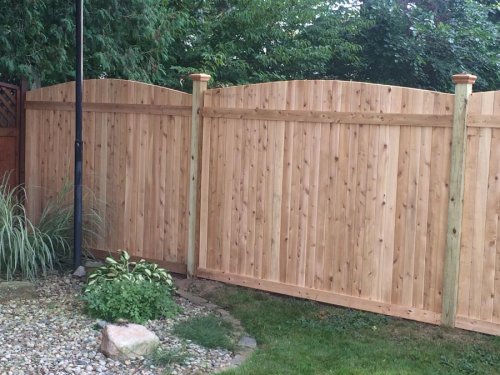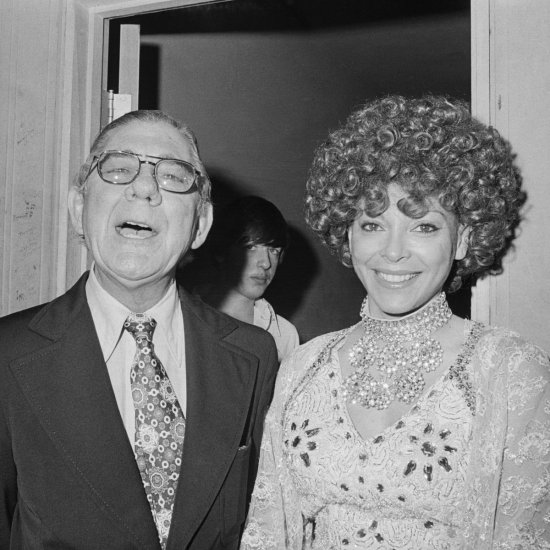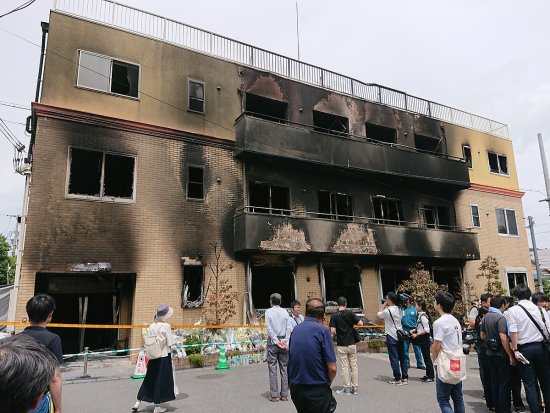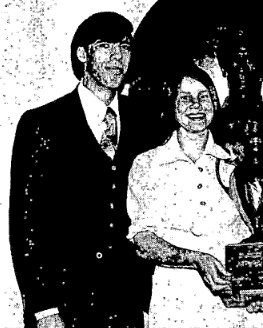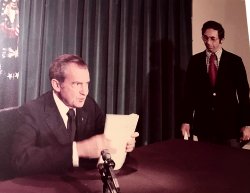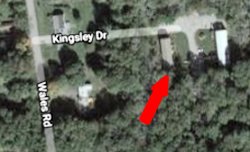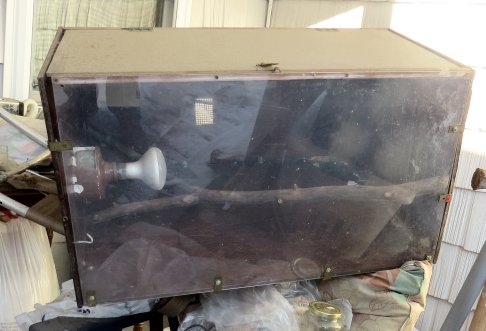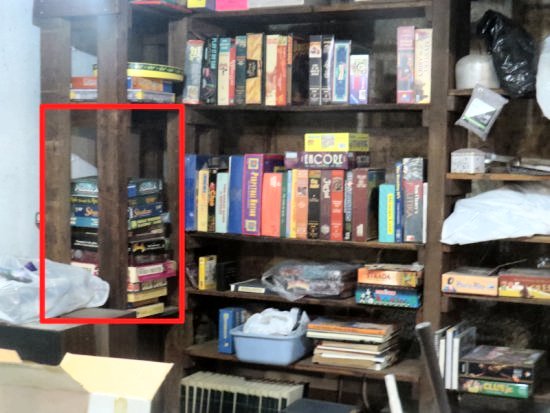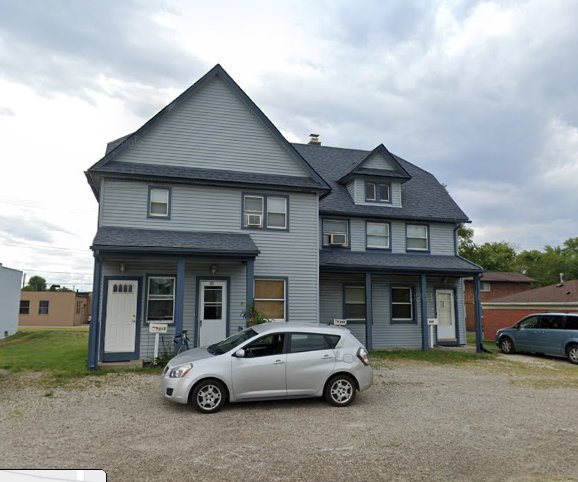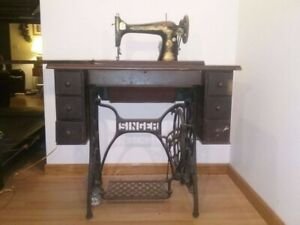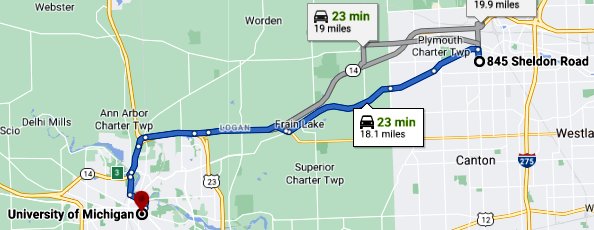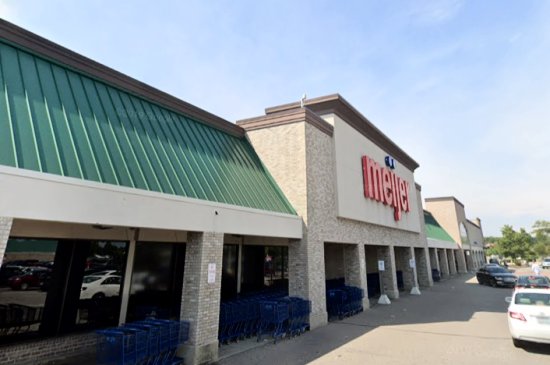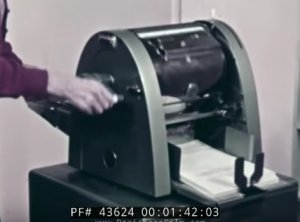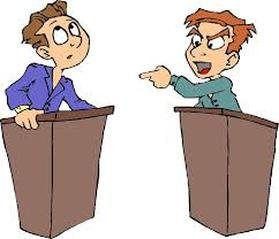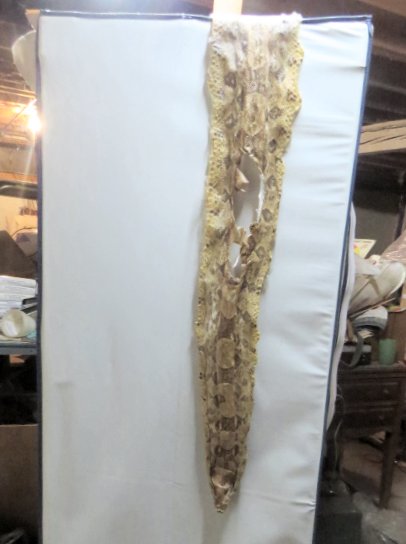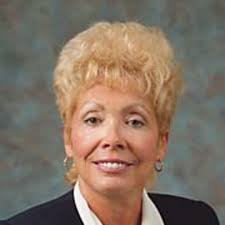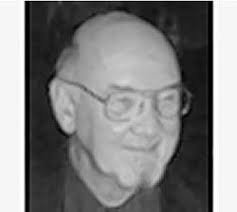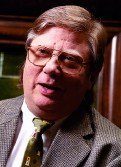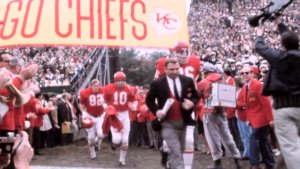Debate at Wayne. Continue reading
The debate topic for 1978-1979 was: “Resolved: That the federal government should implement a program which guarantees employment opportunities for all United States citizens in the labor force.”
My recollection of this entire year is spotty. I don’t even remember any specific cases that debaters were running. That word “guarantee” was pretty constraining. Anyone who did not like economics was in for a long year. The national unemployment rate at the time was about 6 percent, but it was slowly decreasing.
As in the previous year all of the coaching staff (except George) spent the first few months working with the novices. I don’t remember any details at all.
The varsity team largely remained the same. Debbie McCully did not exactly graduate (as explained here), but she was no longer associated with the team. Kevin Buchanan was still in school, but he decided not to participate in debate. Chris Varjabedian rejoined the team. George paired him with Scott Harris, and they were clearly the top team all year long. However, Mike Craig and Kent Martini also had a very good year.
All of the debate coaches returned from 1977-1978. Sheri Brimm was added.
The top novice team was Dave Debold and Kim Garvin. They were also quite an “item” for most of the year.
The team did not go to Camp Tamarack in 1978. I am not sure why not. I don’t remember anyone discussing it. I offered to organize a research trip to U-M for the varsity debaters. George deemed it a great idea. I drove a group of the debaters to Ann Arbor. It was probably on a Sunday; Saturday in the fall is devoted to football at U-M. I showed everyone where the libraries were. We then split up, researched for a few hours, and then gathered for lunch. Afterwards, people changed locations and continued researching. Everyone had a pretty good time, and a lot was accomplished. The debaters were a little overwhelmed by the amount and quality of materials available at U-M. I knew very well that there was a lot more within a mile or two, but I did not rub it in.
The social side of Tamarack was replaced by a Halloween party. It is described here.
Varsity: I must have gone to other tournaments during the course of the year, but the only one that I specifically remember is when I accompanied the two top teams on the “Florida Swing”. Scott, Chris, Mike, Kent, and I piled in a van supplied by the university’s motor pool and set off on I-75 for Tallahassee, the home of Florida State University. My recollection is that George made arrangements for us to stay overnight in his favorite “ma and pa” motel in Tennessee.
Everybody on the trip was quite serious about the upcoming debates. Quite a bit of productive work got done. Even so, it was an awfully long time to sit in the car.
Despite the backbreaking drive the debaters did well at FSU. I think that Scott and Chris made it to the final round. Mike and Kent also qualified for the elimination rounds. I have a vague recollection that they may have even been scheduled to face each other in an elimination round, and I had to decide who should advance.
The second tournament was at Central Florida University in Orlando. We had a free day in between tournaments. Unfortunately, there was not nearly enough time available to stand in line at Disney World or any of the other major tourist attractions in the Orlando area.
Fortune shone on us when we were just about halfway to our destination. I spotted a billboard for an interesting place called Reptile Land on state highway 301 near the town of Lawtey, FL, southeast of Jacksonville. We decided to give it a try.
By the time of our visit it was a little bigger than it appears in the photo. It also actually had more than just snakes and alligators. As I recall, their was at least one chimpanzee and diverse other birds and mammals. And there were no lines!
Reptile Land was obviously a tourist trap, but we all had a good time thee. I regret to tell readers that readers that Reptile Land closed forever not long after our visit.
After that nice little break we were all business for the rest of our time in the Sunshine State. In the Central Florida tournament both teams again qualified for the elimination rounds. This time they landed on different sides of the bracket. Both teams won their octafinal rounds. Both teams won their quarterfinal rounds. Both teams also won in the semis.
So, for the first time in the long history of the Wayne State program, two of its teams closed out the finals of a varsity tournament. We brought home both the first and second place trophies. It was quite an accomplishment, and we were all super-pumped. We could not wait to call George and tell him the news. The trip back to Detroit was much longer than the drive down to Florida in terms of miles, but the time flew by.
It seems strange to report that that jubilant return trip is my last clear memory of the 1978-1979 debate season. I remember that Scott and Chris cruised through districts, but I don’t even recall whether I attended with them. Kent and Mike were awarded a second-round bid. So, for the first time ever Wayne State had two teams at the 1979 NDT at the University of Kentucky in Lexington. George did not bring a second coach, even though the team drove. I don’t remember why not.
At the NDT Scott and Chris qualified with a 6-2 record. This was the first time that Wayne State had qualified for the elimination rounds at NDT since 1967. Kent and Mike won five and lost three. They were the only 5-3 team that missed the elimination rounds. They persevered through a very tough schedule; and when their fate was announced, the crowd applauded their performance. I am sure, however, that it was a tough moment, especially for Kent, who was a senior.
Scott and Chris lost in the octafinals to Harvard on a 3-2 decision. Thus ended one of the greatest varsity debate seasons in Wayne State’s history. Wayne’s teams reached the quarterfinals of various tournaments twenty-seven times, the same number as in the previous year, but the close-out and the NDT performance made this year even better.
Televised Debates. For a few months Wayne State participated in a weekly television program on Channel 20 called City Update. It might have been the lowest-rated program on Detroit’s lowest-rated station. I was already quite familiar with the program because the main presenter was a very good-looking young lady whose name I don’t remember. They gave the team a fifteen-minute segment to present a one-on-one debate on a topic of our choosing. Many debaters and some of the IE performers got to appear before the camera.
The best debate was the one in December in which the topic was something like “Is there a Santa Claus?” Mike Craig stole the show as the negative. One of his arguments was entitled “Christmas tree deaths”. He based it on a segment of the Fernwood 2Night show. However, Mike lost; Jack Kay showed up in a Santa suit to deliver the verdict.
I moderated several of these debates. All that I did was to introduce the debaters and the topic. I was surprised that the whole operation was not more professional. The set consisted of a rostrum in an empty room. Only four of us were present—the two debaters, the moderator, and the camera person. On most occasions the camera person was the attractive lady who also hosted the show. Our segment of the show was taped, but we only got one attempt. If someone flubbed something, it was aired anyway.
On one occasion, however, the rules were slightly changed. Three of us that day taped a promo for City Update—the lovely hostess, a debater (I don’t remember which one; it might have been Ruth Kay), and me standing beside one another behind the rostrum. Someone else might have operated the camera, but I think that the presenter set the focus and then just let it run.
We did six takes. I said my lines correctly the first five times, but either the hostess or the debater was not happy with it. On the sixth attempt they both were fine, but I hesitated a little at one point That was the one we used because I said that I didn’t care.
High School Tournament: Every year that I coached at Wayne State the FU hosted a tournament for high school debaters. We all pitched in. In 1979 I was in charge of the tabulation room. Kent Martini and one or two other people helped out. Kent was done with his portion of the final results before the others had finished theirs. When he announced this fact, I told him to check everything again.
Well, he didn’t do it, and George ended up announcing incorrect results. When the mistake was realized, Kent went to George and apologized. He even told George that I had told him to check everything again.
Kent felt terrible, and, as I described here, I knew exactly how he felt. At least he admitted his mistake.
High School Institute. In each summer Wayne State hosted a week-long institute for high school debaters. U-M also hosted an institute, but theirs was more of a camp. Students stayed in the dorms, and it was famous throughout the state. The U-M institute was run by a Wayne State alumna, Jayne Greco1, who was also the debate coach at Kimball High School in Royal Oak, the institution that Kent Martini, Mike Craig, and Dave Debold attended.
In the 1979 edition of Wayne State’s institute I gave a lecture on topicality arguments. I insisted that they were an important part of argumentation in competitive debates. At some point I inserted the phrase “despite what Mrs. Greco might say at the U. of M. Institute”. This got back to her, and she complained to George.
George told me that I should call her and apologize to her. My sweaty hands nearly dialed her number several times, but I never did. I did not know what to say to her. I wasn’t sorry. I chose my words carefully, and I did not say anything untrue or insulting. She was notorious for thinking that only a few cases should be allowed so that no negative team would need to argue about topicality. I strongly disagreed.
Besides, I really did not care what she thought of me.
1. Jayne Greco died in 2000. Her rather sparse obituary can be found here.



